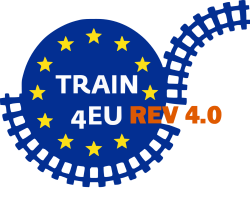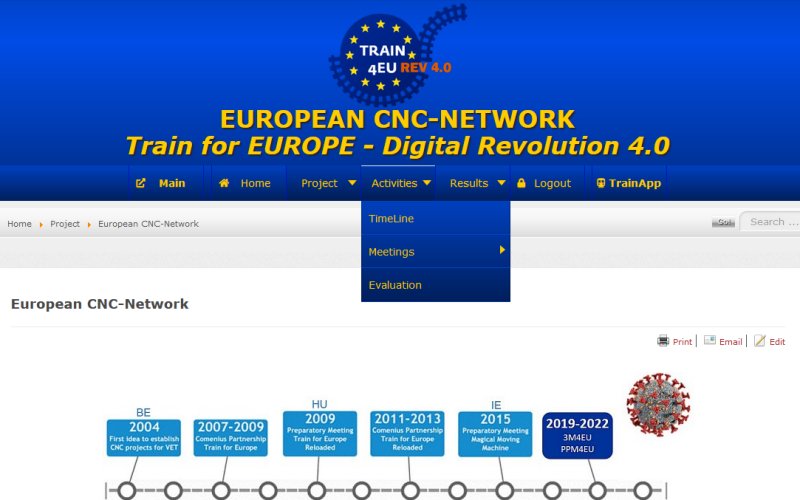 |
01 - Project Web Our project web informs the public comprehensively about the meetings, the workflow and offers download options for the various files that were created over the course of the project. We have been using the advantages of the Joomla content management system to create and maintain project web for many years. The website is well organized and welcomes everyone interested. Most of what can be found online has been provided by our students from all over Europe! Have a look and enjoy … |
 |
|
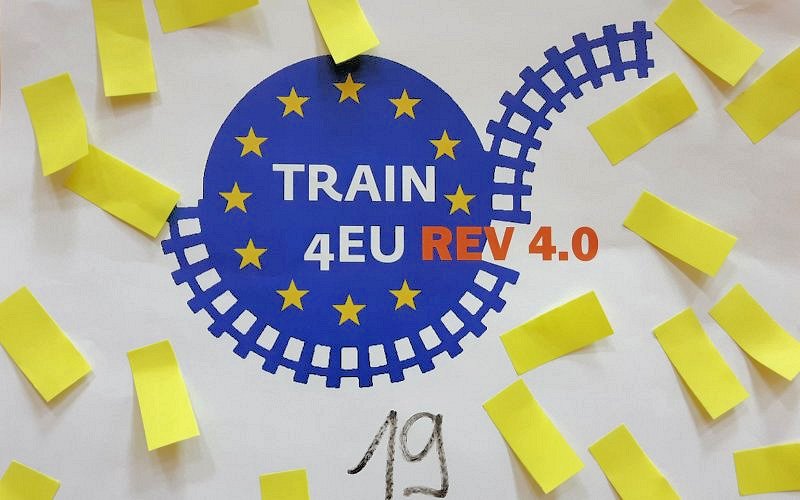 |
02 - Project Logo Design In order to develop a corporate identity within this European partnership, we decided to create a project logo. This logo should be used as a unique identifier in all our publications. For this reason, schools were asked to submit suggestions for this logo design, which of course should appropriately represent the project theme. During our meeting in Lithuania, we had a voting process that ultimately resulted in the winning design coming from our partner school in Croatia. Congratulations! |
 |
|
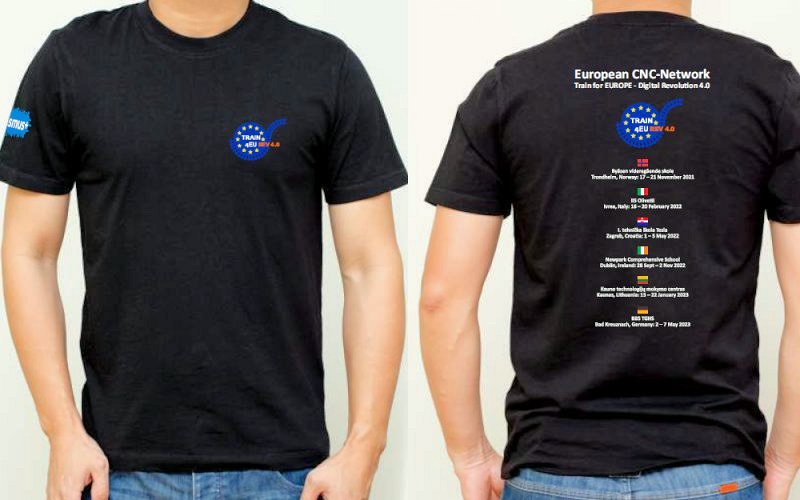 |
03 - Project T-Shirts From the outset our "European CNC-Network" has strived to create a unique unity and identity. We have often spoken about the “European Spirit” that exists among this network and although difficult to quantify, still exists in the hearts and minds of the participants. As part of this identity, a feature of our common purpose has been expressed in the way we present our projects to the public. In the same way as a Rock Band will produce a T-shirt with its name, logo and tour locations & dates, we have applied the same approach to our project details. A high level of satisfaction and pride was expressed by the participants in the “corporate identity” achieved with the T-shirt design. |
 |
|
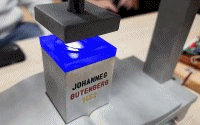 |
04 - Wagon Animations A main goal of the partnership was to digitally upgrade the already existing “Train for Europe” by installing servo motors, audiovisual effects and other creative design elements. Each representative group had their own goal when fulfilling this task, but the main target was to incorporate separate ideas into one big working view which would be accessible from different points in the European Union. That led all the teams to mutual cooperation and problem solving. The result that the teams achieved developed relations and working systems - individual ones on the one hand, united ones on the other hand. |
 |
|
 |
05 - Decagonal Showcases Since each partner school had to select ten wagons for the digital animation, the decision that our exhibition showcase should have a decagonal shape was easily done and the diameter was also quickly calculated based on the wagon size. The showcase itself was created in collaboration with the school's wood departments, with support of local companies or in exchange with other partner schools. The middle section was ideal for positioning the 360° webcam system as it also provided space for the power supply and the microcontroller board. All technical drawings have been published for public use within our project web. |
 |
|
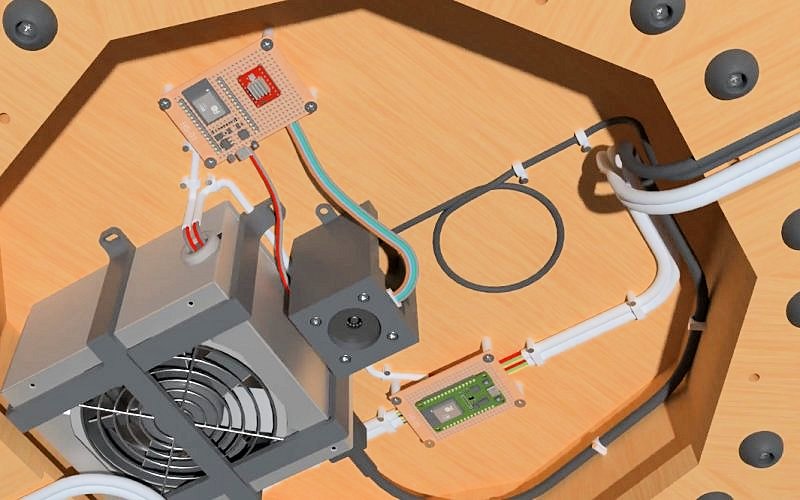 |
06 - Exploded Assembly Video After the technical drawings had been completed and the 3D models were created using CAD software, the engineering and design were converted into an exploded assembly video to visualize the complete design of the showcase and the 360° webcam system for cross-checking clearances, tolerances and function. It is very impressive to see how many individual parts the showcase is consisting of and the detailed solutions that the students had developed. This illustrative video has been published for public use within our project web. |
 |
|
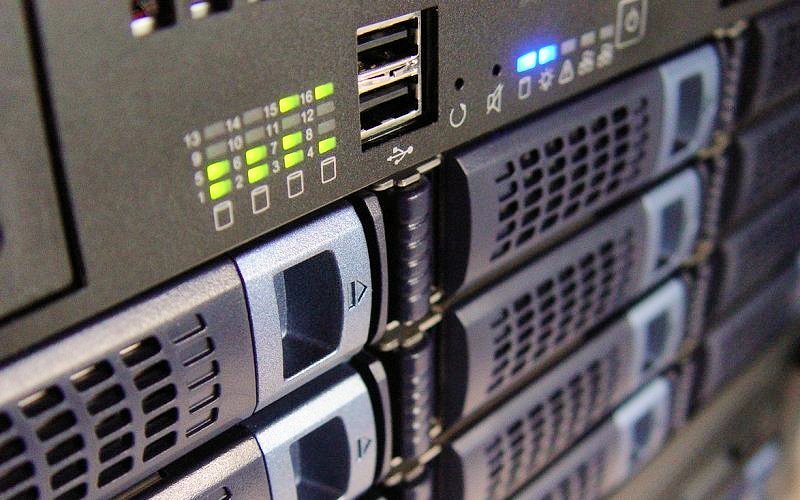 |
07 - Project Root Server Our project root server is the heart of our control system and is provided by a leading online service provider. In contrast to a web server for simple Internet pages, such a kind of server includes an operating system so that our program code can be executed. In order to communicate with the animated wagons and the camera system via user web interface, we installed an MQTT broker that is linked to a Mongo database. The program code was written by using the compilable Google Go programming language, which is available as open source. |
 |
|
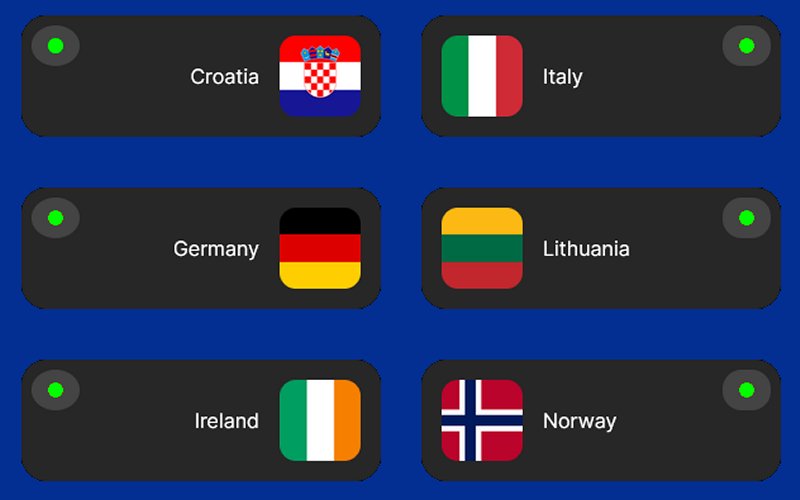 |
08 - User Web Interface Our user web interface is the gateway for communication between users and our showcase. It was designed using HTML and special effects were implemented by Java. The user can log into the system via any device connected to the internet and has the option to select a wagon from any partner school. The associated signal is sent via the internet to our project root server and processed there by an MQTT broker. The MQTT broker in turn sends a signal to the ESP32 of the selected waggon, which then starts the requested animation in the showcase. At the same time, the web user interface is supplied with the video stream from the 360° webcam system so that users can simultaneously follow the animation live. |
 |
|
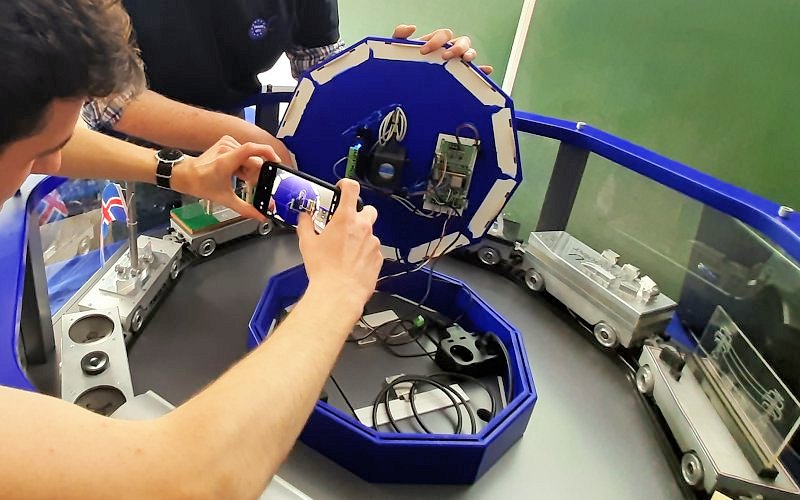 |
09 - 360° Webcam System The main task was finding a way to create a fully functional camera system from scratch, using components such as webcam and cabling, but also creating the technical ability to utilize a 360° view. The first step was to brainstorm how such a system could be created. The ideas were visualized using 3D CAD software. After printing the 3D models a troubleshooting session was helpful to obtain a fully functional system. In a first run, the webcam workgroup tested a slip ring system that would have allowed the camera to rotate completely. However, since the interference caused by the carbon brushes was unacceptable, a simpler alternative was implemented that provided a perfect signal ... |
 |
|
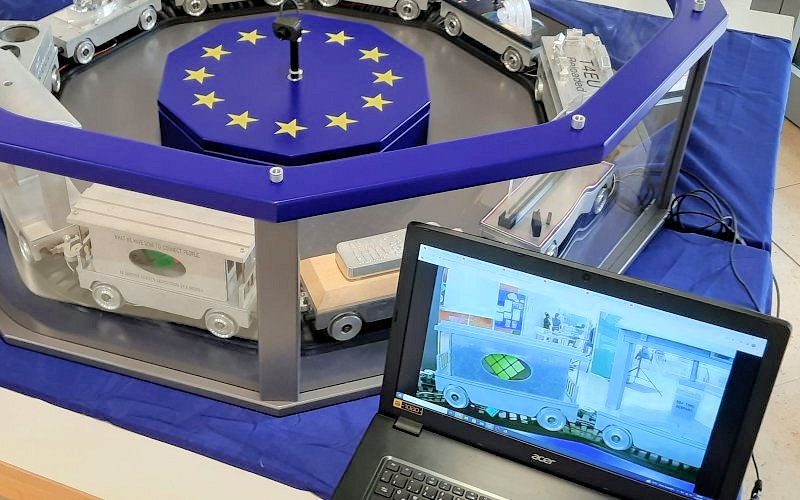 |
10 - Video Streaming Path Users should access the showcases of other partner schools remotely via a user web interface. The operators could then observe the animations carried out there via our 360° webcam system. Therefore, the necessary video stream path is realized using existing tools, just like professional influencers do. The video stream recorded by the webcam is sent via Open Broadcaster Software (OBS) to a YouTube channel, which is then publicly broadcast. Our user web interface in turn switches to the corresponding YouTube channel and displays the recorded video on a screen window shown in our user web interface at pc, laptop or smartphone |
 |
|
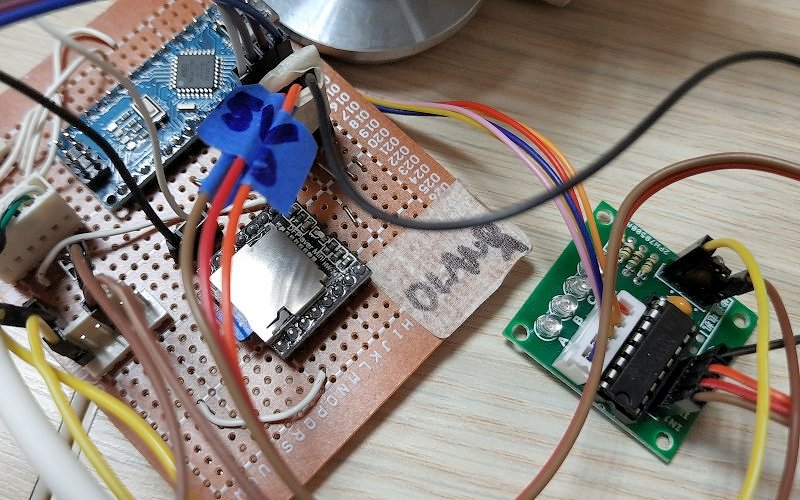 |
11 - Microcontroller Boards For controlling the wagon animations and the camera system it’s necessary to have a microcontroller board with an integrated ESP32 in the middle of the showcase. The program code algorithm for the ESP32 has been provided by students as well as the circuit board itself, which was produced in the school workshops in Croatia. In Germany then, during the final meeting, the different parameters were clearly defined to reach proper function. The board layout and all the needed information have been published for public use within our project web. |
 |
|
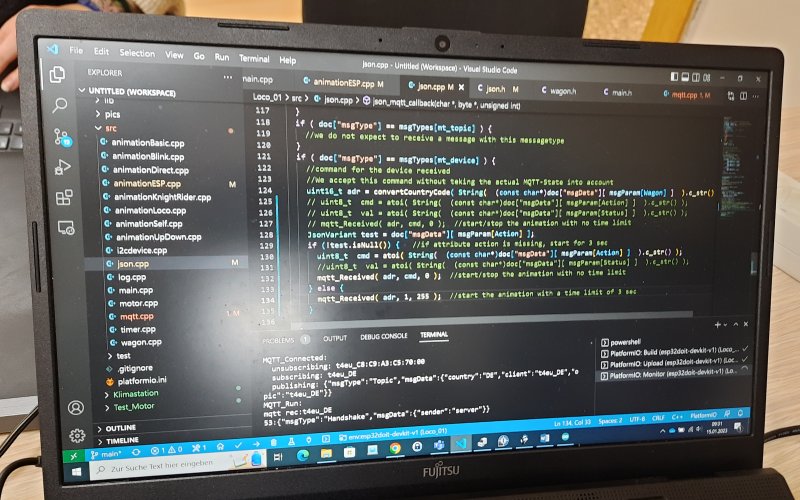 |
12 - Program Codes The program code was written using the compilable Google Go programming language, which is available free of charge as open source. Once the user is selecting a wagon, the user web interface is sending a signal to the project root server, where an MQTT broker is installed, which in turn activates the ESP32 expander of the selected wagon via the Internet. Simultaneous animation requests are processed serially in a queue managed by our MQTT broker linked to a Mongo database. The user web interface was designed with HTML and special effects were implemented with Java. All program codes have been published for public use within our project web. |
 |
|
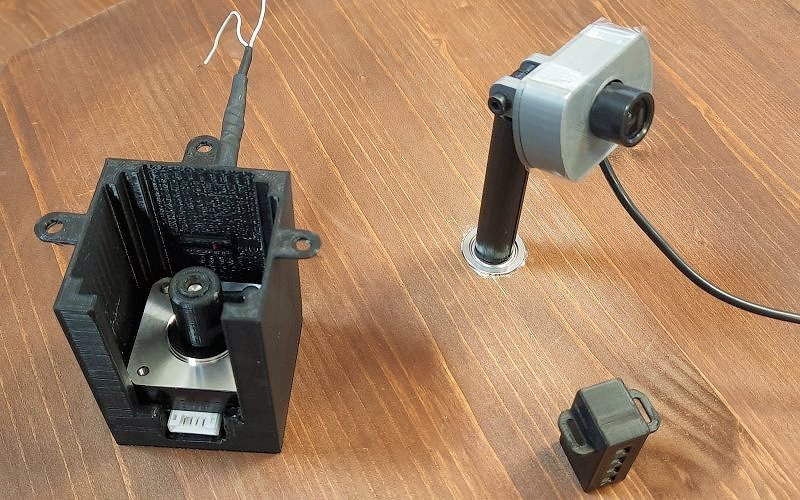 |
13 - 3D Printing Parts New 3D printing technologies have become increasingly important in the design and manufacturing of parts in recent years and so everyone can observe this move away from conventional machining also in our partnership. All participating schools can offer this technology and the students also have all the skills to print even complicated parts with it. In our partnership, the housing of the camera system, the railway tracks within the showcase and individual parts of the wagon’s animation were produced by using 3D printers. |
 |
|
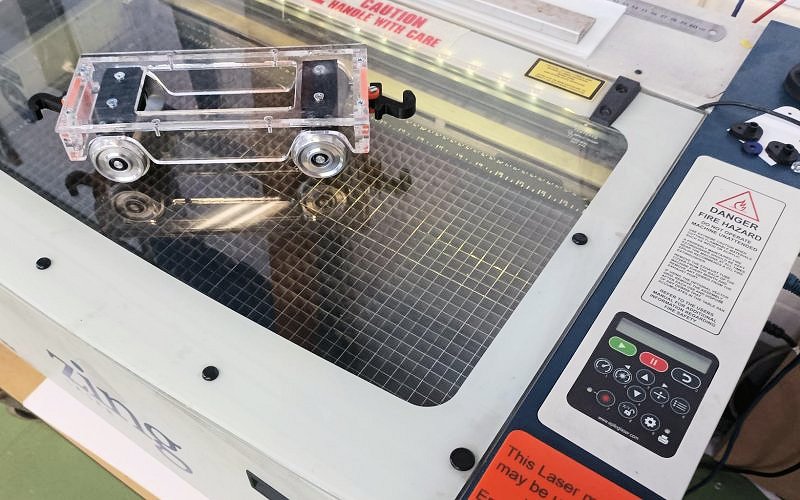 |
14 - Laser Cutting In order to expedite the manufacturing process of the lower part of the wagons, some schools used the CNC method of laser cutting. This technology was not readily available for the manufacture of the original wagons and only serves to demonstrate the rate of advancement in CNC manufacturing. |
 |
|
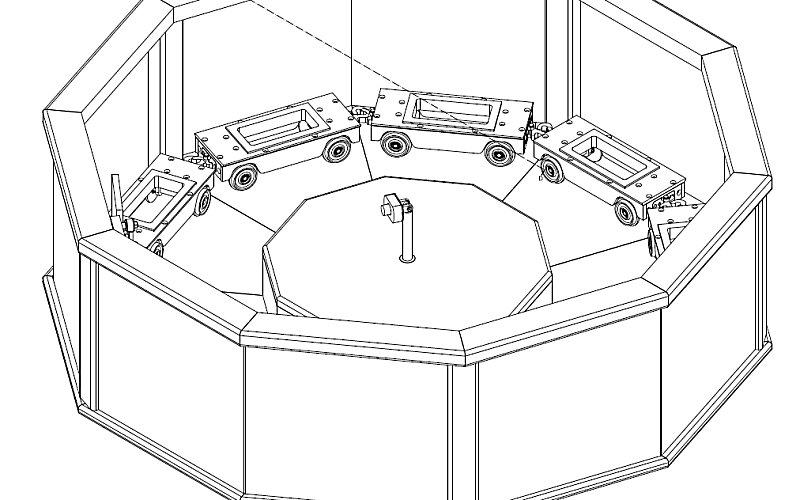 |
15 - Technical Drawings For any element and part no matter how important or which size, the students had to provide Technical Drawings of the complete showcase including the 360° webcam system to make visibility possible before starting manufacturing. That means that every single piece and then every module had to be planned and prepared in the work groups, then combined in work lines and finally transformed into CNC codes for the wood milling process or STEP files used in 3D-printing. Making sure that every part and element then would in the end do its job was a huge challenge for every participant. All technical drawings have been published for public use within our project web. |
 |
|
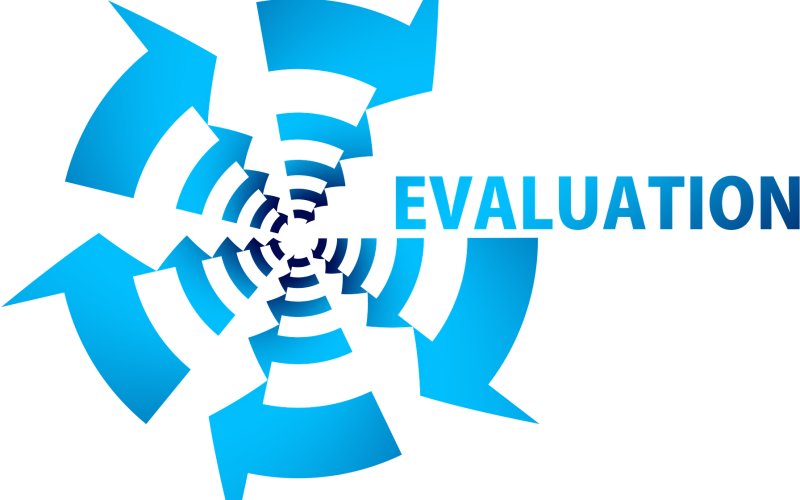 |
16 - Meeting Evaluation Surveys After having finished project work or after having just passed different milestones within a project, it is a useful and common procedure in industry as well as in the field of education to evaluate what has been done so far, in how far work progress fits to the targets and in how far the applied methods and techniques have been useful or not. Based on that we have established an online evaluation tool to give a review and a feedback after each meeting regarding work structure and progress, the cultural offerings and the individual learning progress within the project work. The results of those evaluations have not only been published to all participants but also influenced the further work progress. |
 |
|
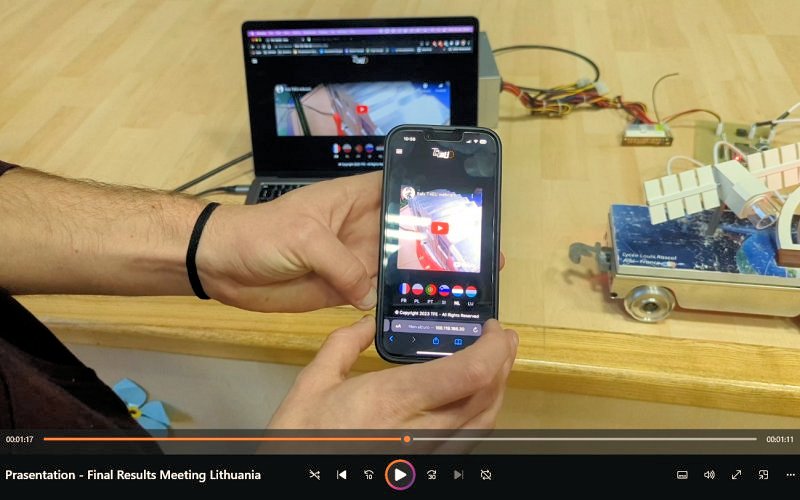 |
17 - Foto & Video Collection A huge photo and video collection has been organized by a group of students to make sure that everyone involved in the project may use this as a photo album. What a nice idea and what fun it is looking at all those photos and videos from our meetings and the production in the workshops! Although no professional photographers were employed to record the progress, the amount and quality of video and photo records is impressive. Students took it upon themselves to record progress at home and during the meetings to such an extent that there is almost a continuous photo and video record of the entire project. The best of these recordings have been uploaded to the project web for all to see. |
 |
|
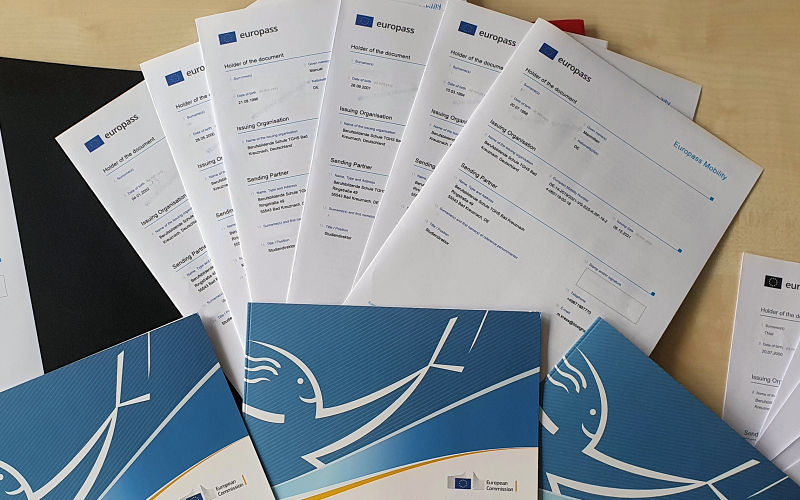 |
18 - Europass Certificates To ensure a long-term effect in view of the students´ further vocational activities it was very important to provide schools with the Europass certificates. Those certificates offered by the EU are recognized as an official document and show the multiple activities that have been carried out by students during the meetings abroad. As the project was being brought to a successful ending, the certificates have been handed out to all students involved in this European school project. |
 |
|
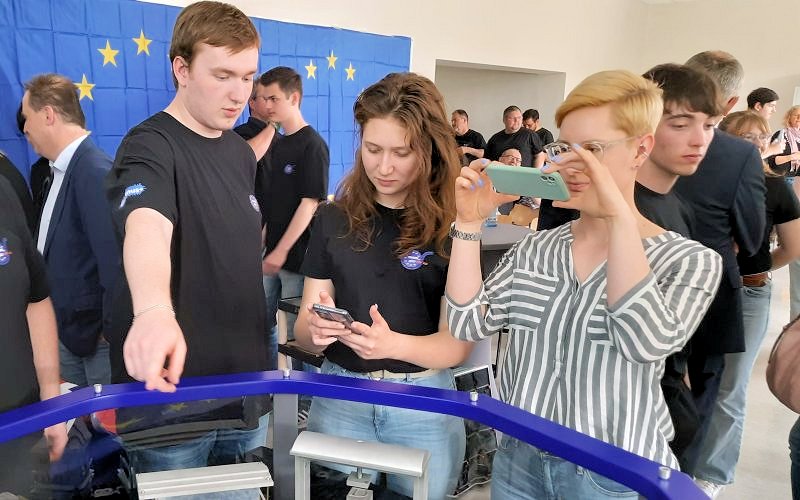 |
19 - Final Presentation Event The final presentation of our project work took place in the coordinating school in Germany. This event was completely prepared by students involved in the project and gave a perfect overview of how it all started with a project idea and all the technical challenges. This presentation was a very impressive event for the guests as well as for all the participating students and teachers as it not only gave an insight into our work, but was also characterized by the "European Spirit" of togetherness and mutual cooperation. |
 |
|
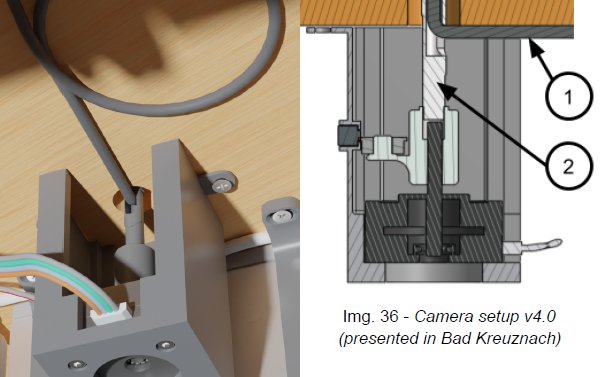 |
20 - Project Book & Teaching Material Documentation is part of every technical project, especially if the result is to be used sustainably as a learning tool in lessons. And so several workgroups merged to create a project book with technical specifications. On the one hand, the students described their cultural impressions and on the other hand they also provided a variety of technical details with the focus on electronics, informatics and mechanics. Due to the complexity of the task, the challenge did not prove to be easy. Nevertheless, the results are impressive - have a look on our project web … |
 |
|
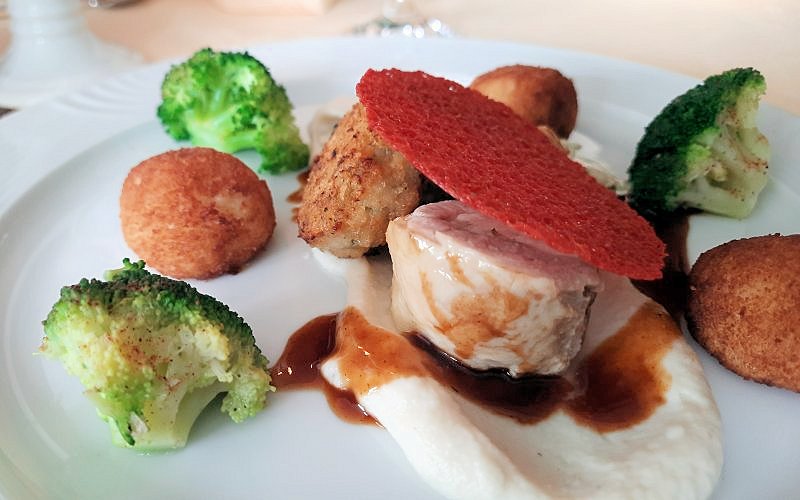 |
21 - Cultural & Culinary Events Besides all the technical work, we have tried to offer different activities to become familiar with the local and regional diversity and important sightseeing attractions which make the different European regions so unique. Therefore guided sightseeing tours were taken in all the hosting cities, the welcome dinner and the farewell dinner gave us an insight into the typical regional cuisine. And as a special highlight, the catering trainees from our partner schools often pleased us with multi-course meals. Thank you for these culinary delights! |
